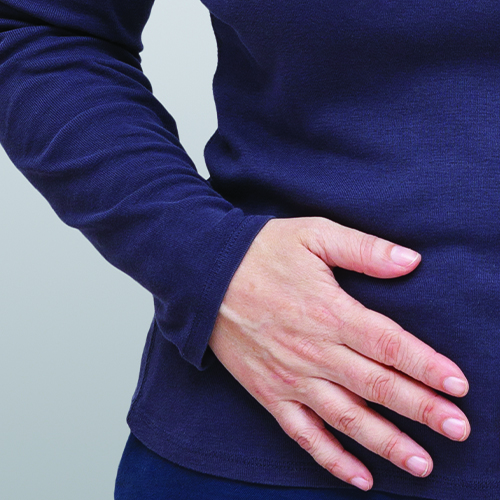When the sun sets earlier and days become shorter, many people begin feeling down. When sadness begins interfering with daily life, seasonal affective disorder might be the culprit. S.A.D. is a type of depression that occurs in about 5% of adults. Symptoms usually start in late fall or winter and end in spring or early summer.
Get Help
Don't Let SAD Get You Down
Jan. 18, 12:30 p.m.
Virtual
Attend this virtual event to learn the symptoms of SAD, coping strategies and treatment options through our partnership with Northland CAPS students.
If you experience symptoms of S.A.D., it might be time to talk to your primary care doctor. Find a Meritas Health physician: nkch.org/PrimaryCare
Common Symptoms
- Changes in appetite
- Depression
- Fatigue
- Irritability
- Social withdrawal
- Weight gain or loss
Coping Tips
- Eat a healthy diet
- Exercise regularly
- Sleep seven to nine hours each night
Treatment Options
- Light therapy
- Medications, such as mood stabilizers or antipsychotics
- Psychotherapy
Winter Blues vs. S.A.D.
S.A.D. is frequently confused with the winter blues. Yet, there is a difference in the duration, number and severity of symptoms. There are only a few winter blues symptoms, which may include feeling down during the fall and winter months, having trouble sleeping and lacking motivation. In addition to being temporary, winter blues symptoms are easily managed with lifestyle changes. For some, symptoms can become more severe, leading to S.A.D.
Related Articles

March 9, 2020
3 Sneaky IBS Triggers
For people with irritable bowel syndrome, spring may spark a flare-up in symptoms

June 5, 2024
5 Consejos Sobre Nutricion para un Estilo de Vida Mas Saludable
Una alimentación saludable y una nutrición adecuada desempeñan un parte importante a la hora de mantener una buena salud. Aquí le mostramos cómo mejorar sus hábitos nutricionales.

May 31, 2024
5 Nutrition Tips for a Healthier Lifestyle
Healthy eating and proper nutrition play a big part in maintaining good health. Here's how to improve your nutrition habits.


